Prep
Week 1, Term 4

Prep
Week 1, Term 4
INFORMATION
🎉 Welcome back!
Welcome back to Term 4! We can hardly believe we are entering the final term of the year with our wonderful Prep students. We have a busy and exciting term ahead, and we can’t wait to make the most of our time together!
🍋 Lemons - can you help?
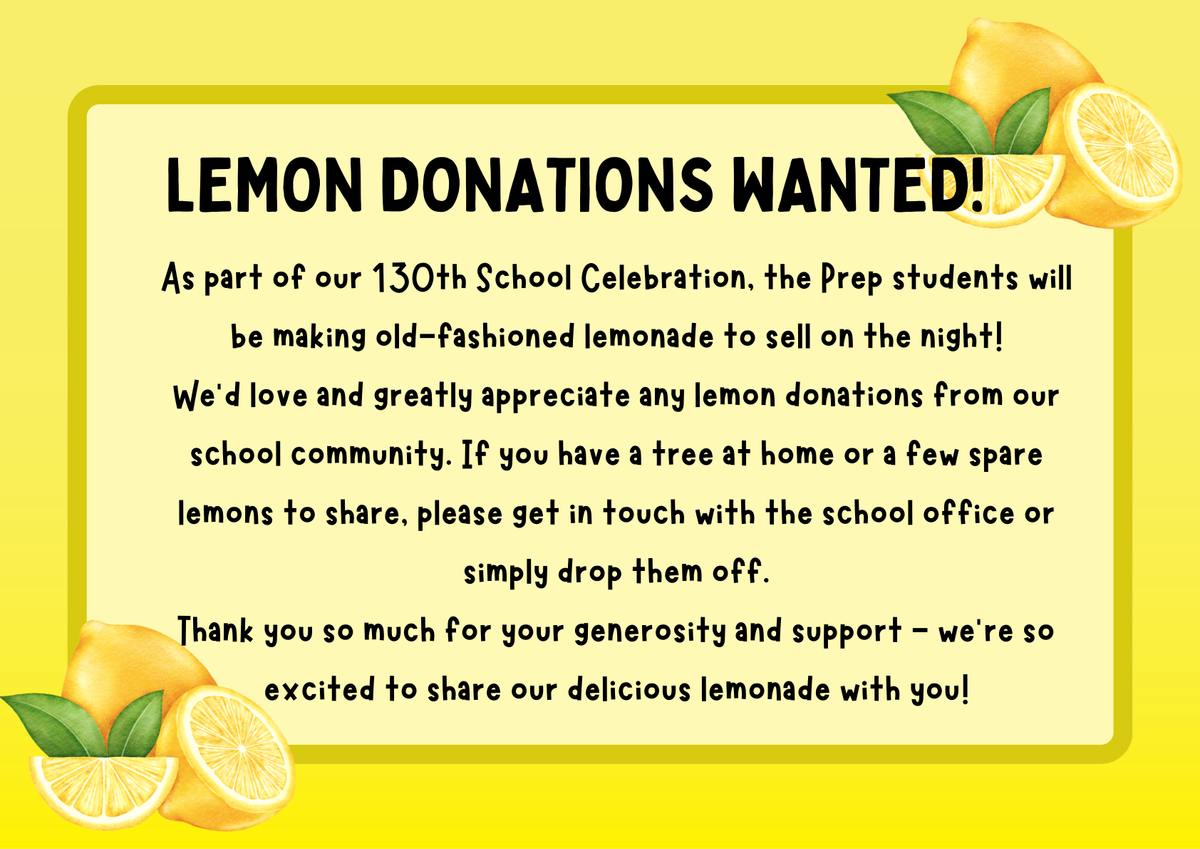

CURRICULUM
📚 Phonemic awareness: reading and phonics
We are reviewing the digraphs we have learned so far (ck, th, sh, ch, ng, nk, wh, ph). This week, we’ll also begin exploring long vowel sounds, starting with ‘a_e’ as in cake.
Our focus will include:
We’ll also learn the Heart Words: who and here as well as reviewing previously learned heart words.
What can you do at home?
• Help your child read the take-home book, decodable passages and Heart Words from their book pocket. Aim for fluency by the second day of reading.
As your child reads, encourage them to recognise familiar words instantly and only sound out unfamiliar ones.
• Enjoy bedtime stories together to build vocabulary, comprehension and a love of reading.
• If you're interested in learning more about Cued Articulation, you can watch this helpful video by Jane Passey (the founder), where she explains and demonstrates each sound:
https://youtu.be/gyGX3RcLG74?si=h0n6hahCfpIda4Gr
• Work through the optional UFLI home pages if you’d like some extra phonics practise at home.
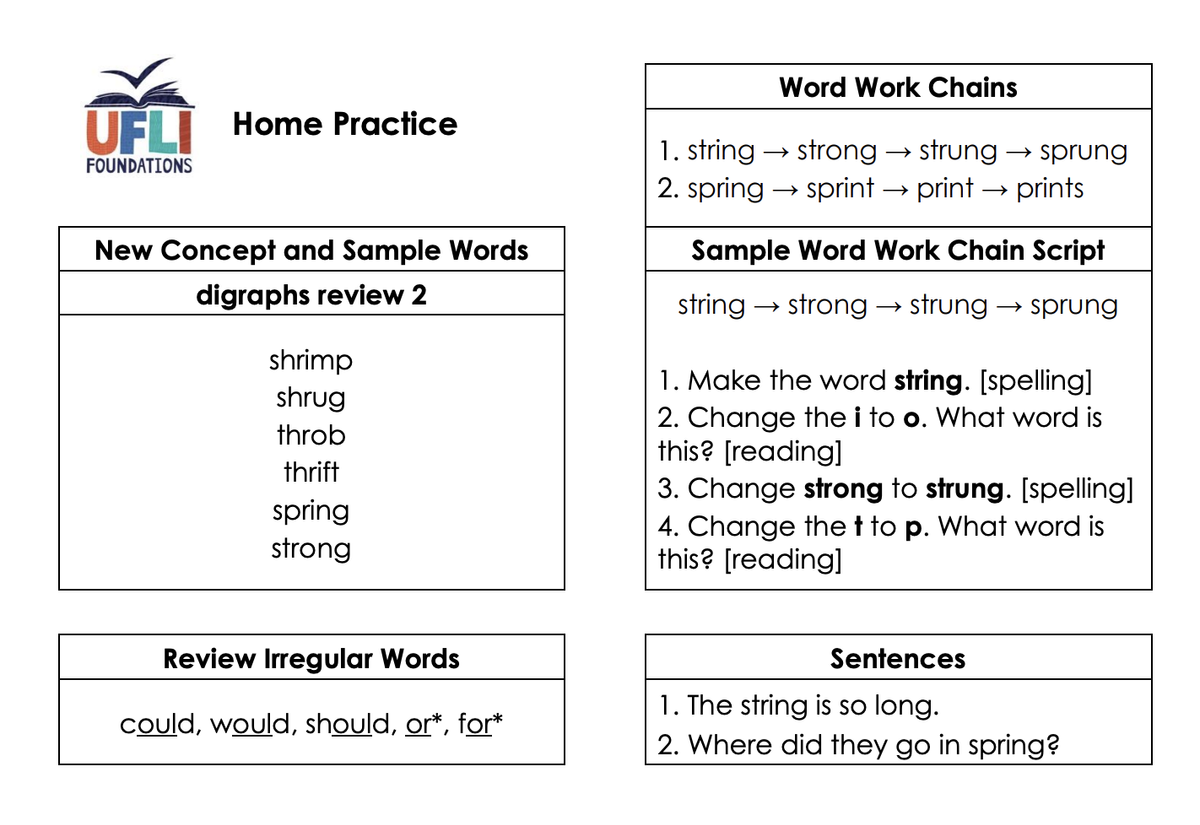
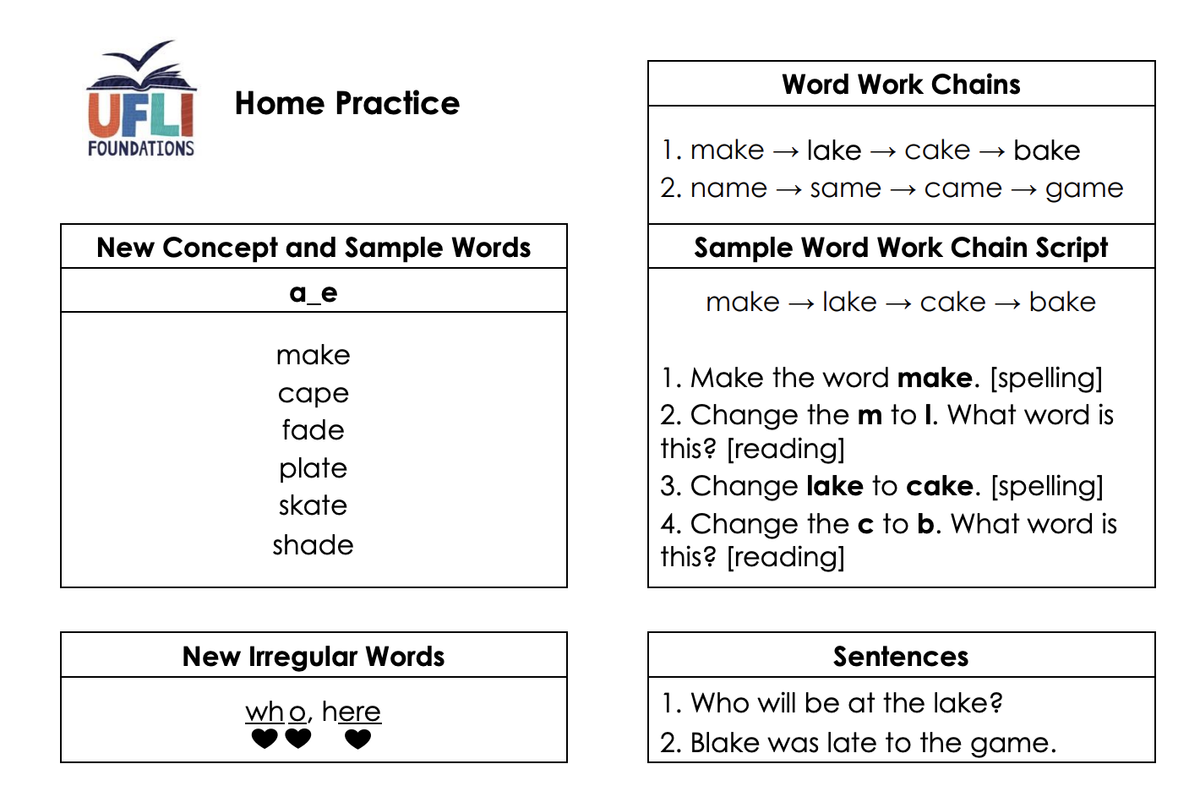


📝 Literature: reading responses and writing
Our Mentor Text is Koala Lou by Mem Fox. We have chosen this story to connect with our new CBL focus (see below). Students will work on making connections, sequencing events and retelling the story, exploring the characters’ actions and emotions and reviewing key elements of narrative texts. They will also reflect on the moral of the story and what we can learn from it.
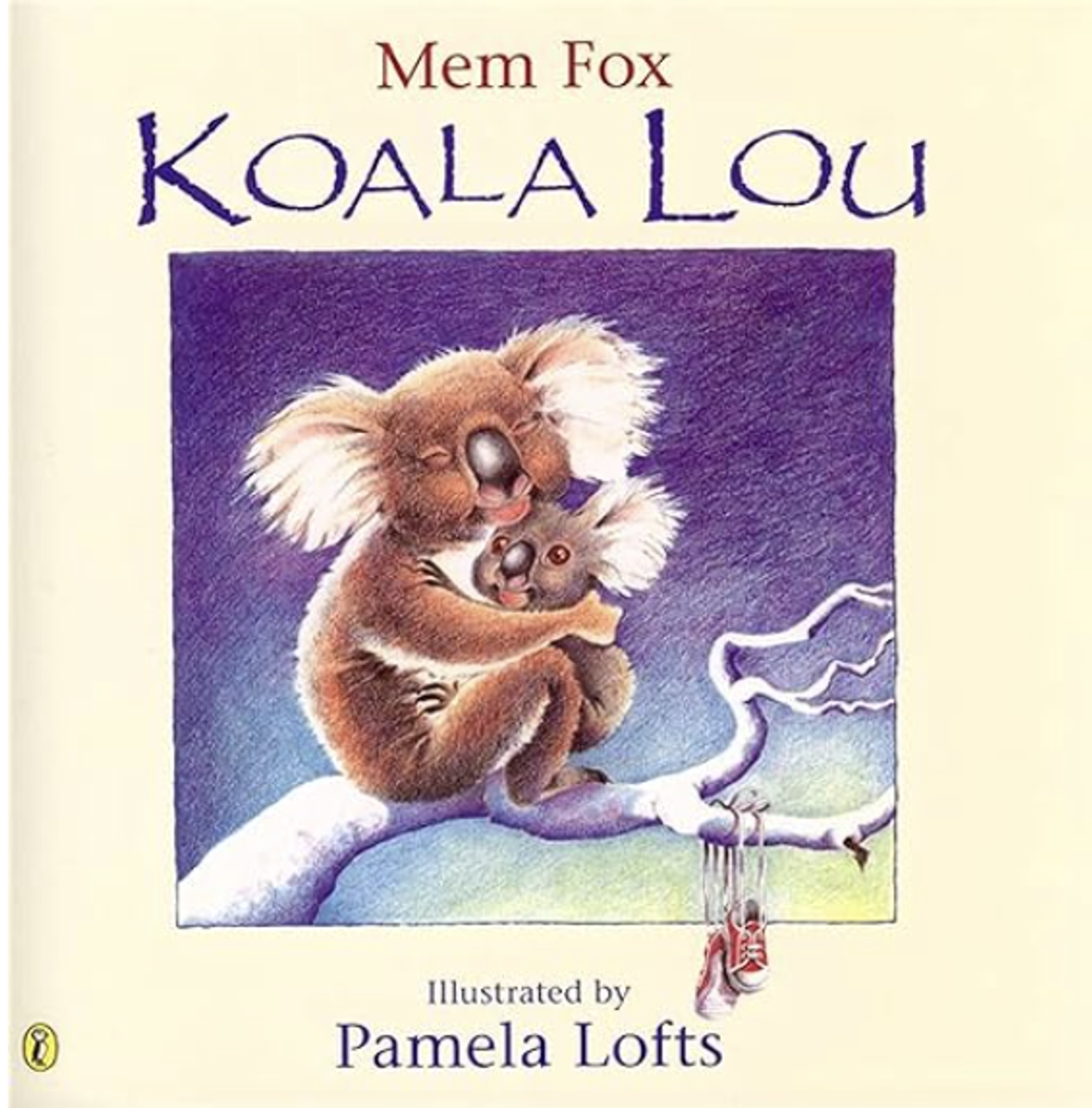

Students will take part in plenty of writing sessions during our Mentor Text lessons, including practising creative writing using picture prompts. They will continue developing their handwriting by practising letter formations on ‘sky, grass, dirt’ lines.
What can you do at home?
• Practise 'boss letters' and then practise its cousins (see below).
• Build in authentic writing experiences like writing a shopping list, birthday cards, wish lists or notes for family members.
• Say it, then write it – Ask your child to say their sentence out loud first, then write it down.
• Check for capitals and full stops – Remind your child to start with a capital letter and finish with a full stop.
• Practise writing the Heart Words, taking care to notice the tricky 'heart' parts in the word.
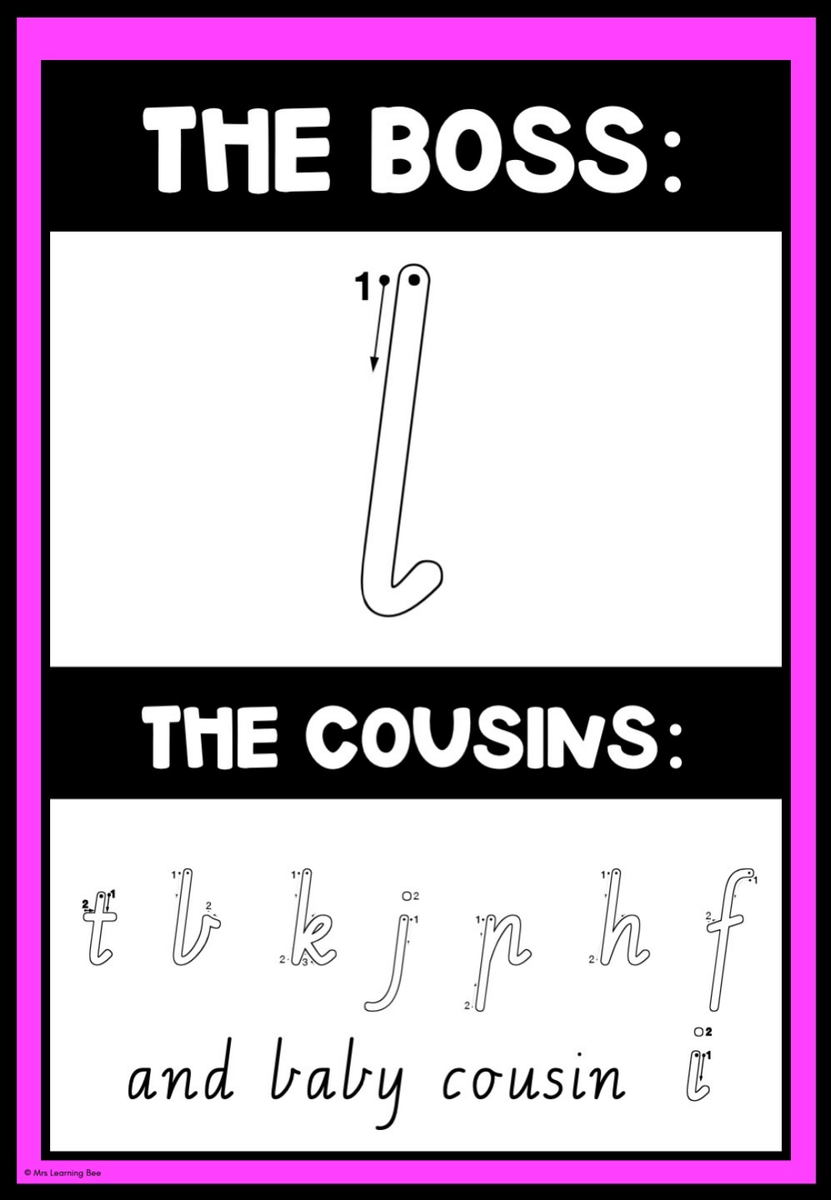
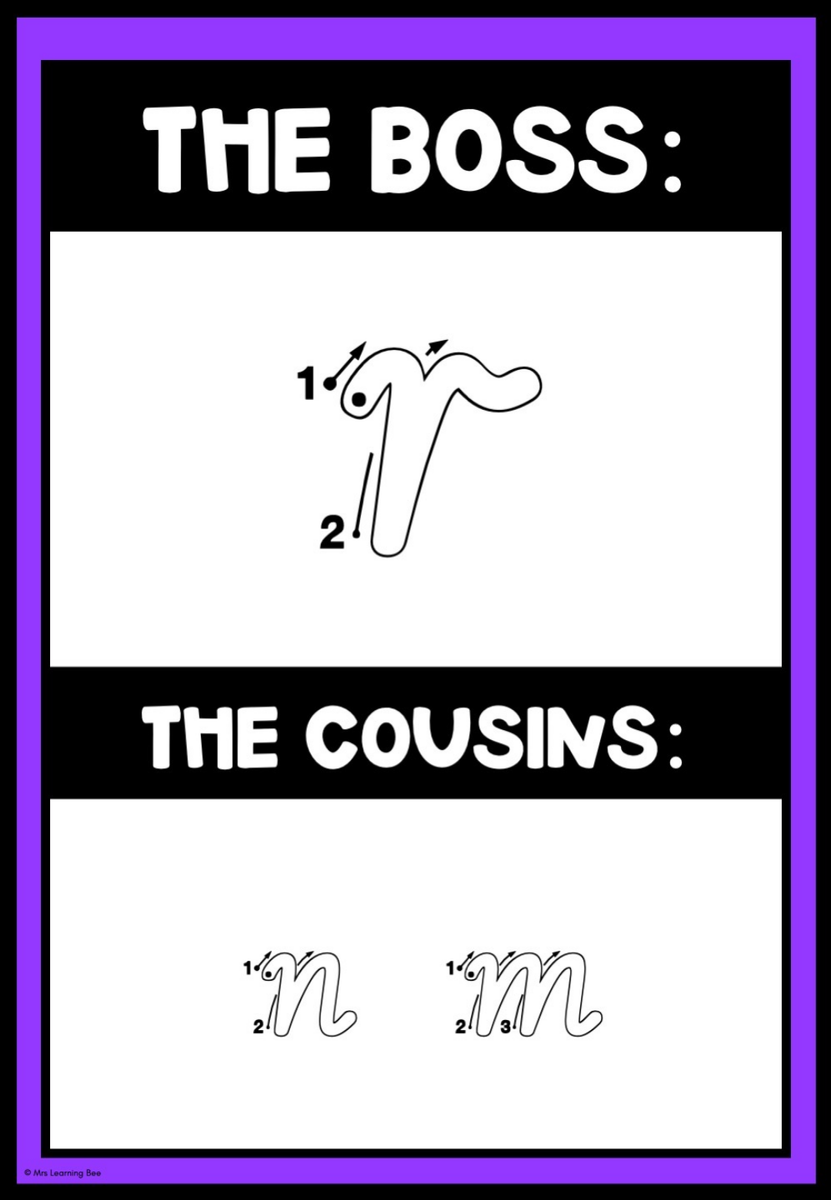
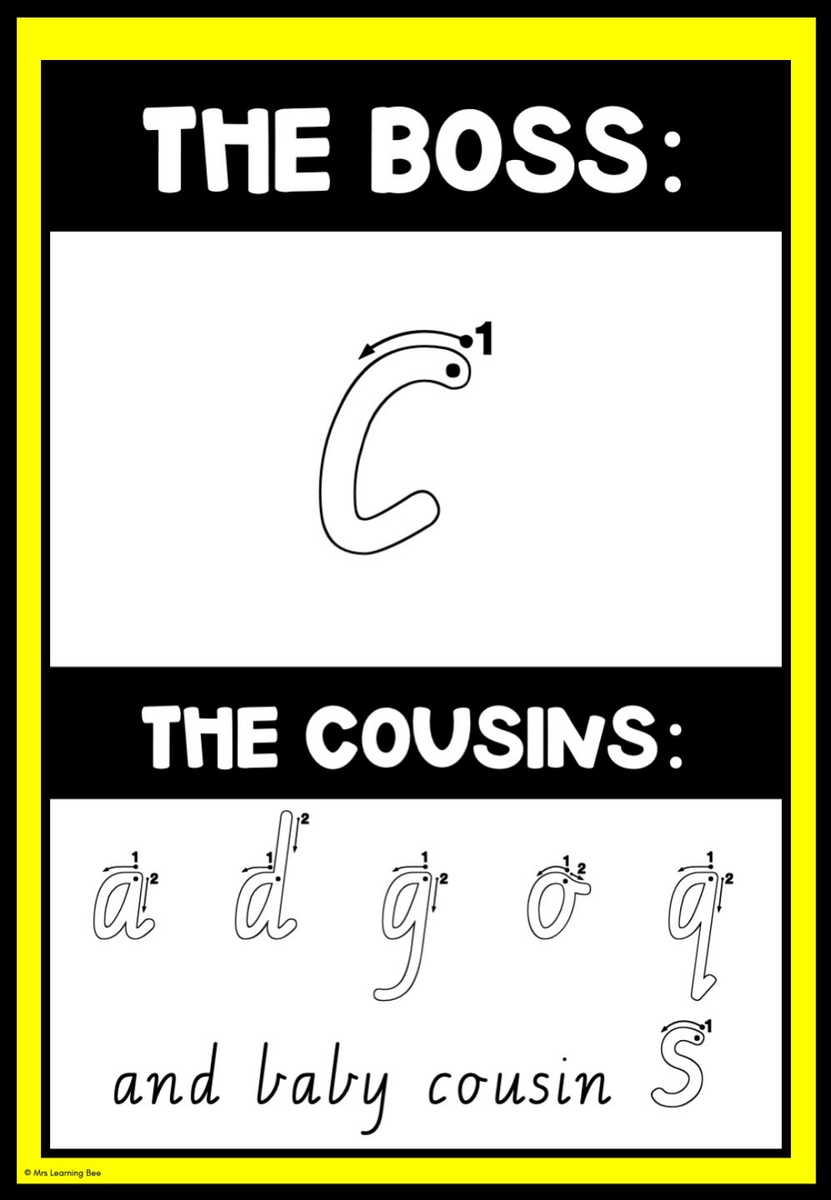
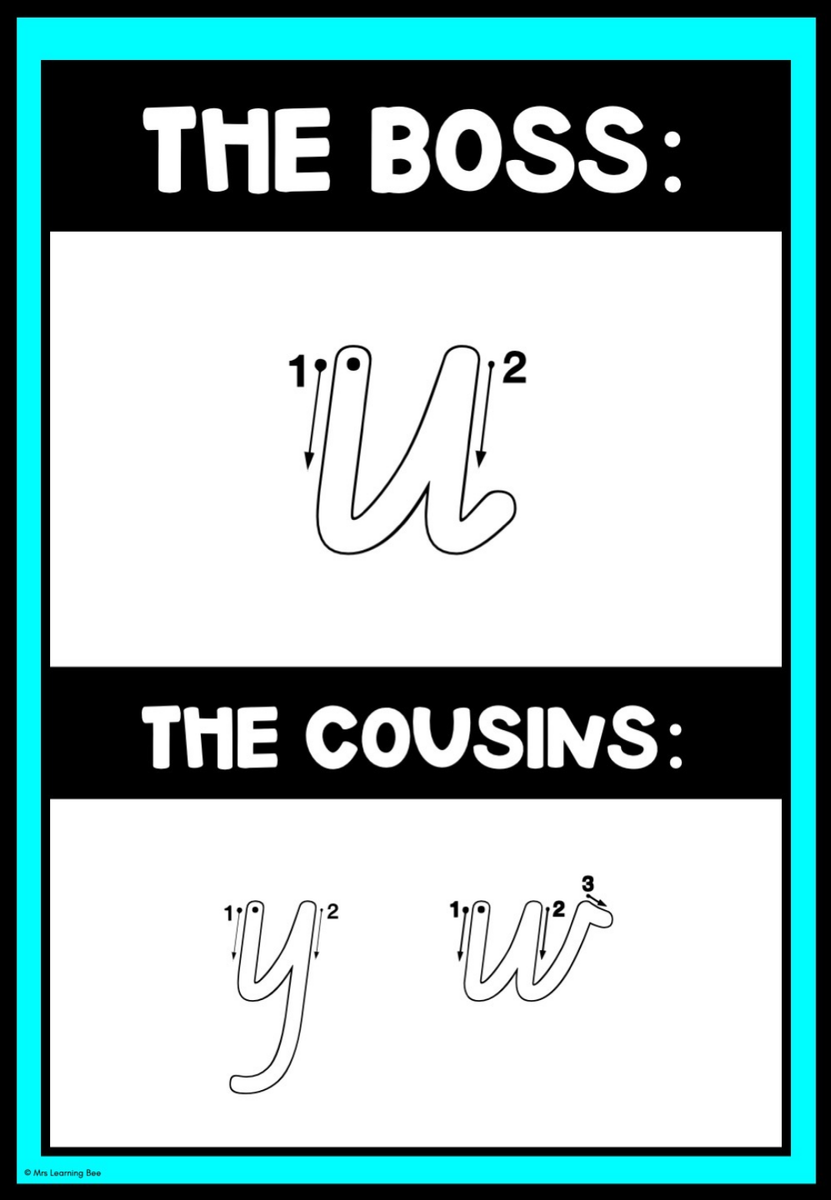
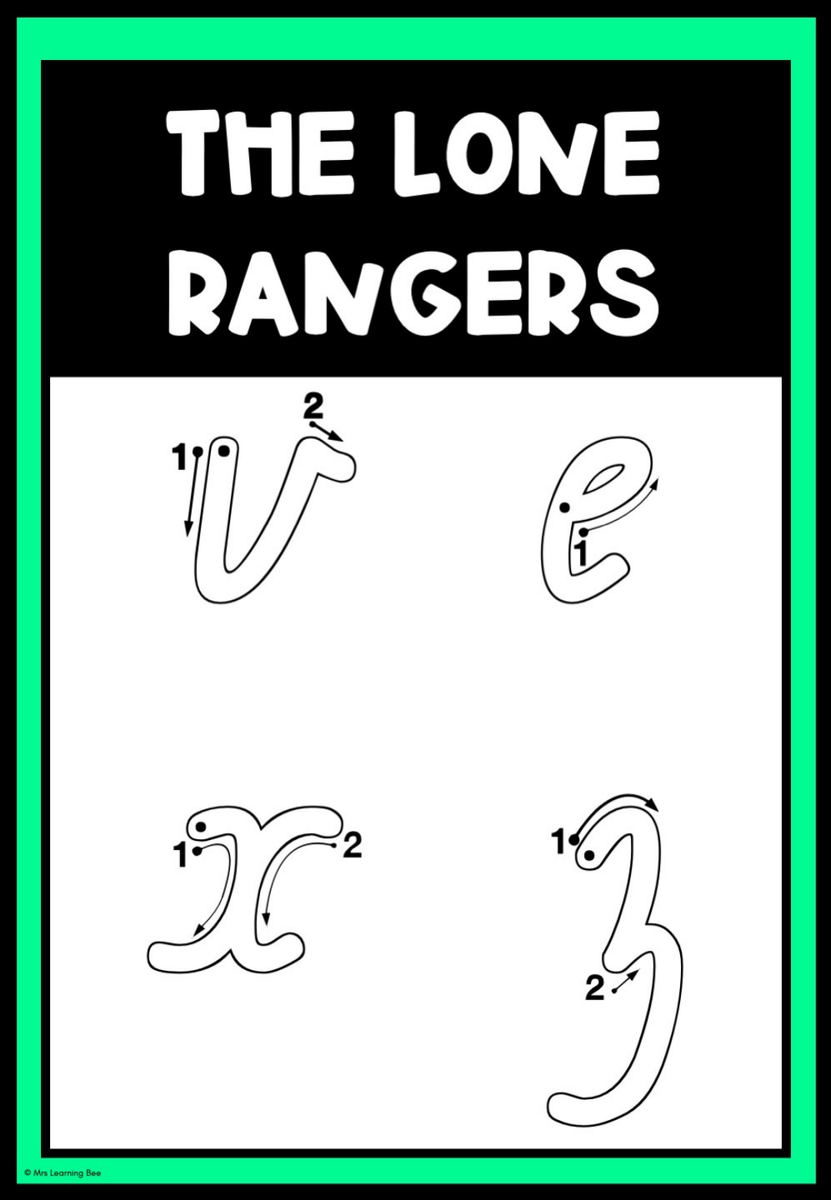





🔢 Maths
We are extending our understanding of number and place value. To begin the term, students will explore ordinal numbers by identifying positions on a number track and in sequences. They will also work with ten-frames to count groups of tens, practise making tens and ones and use bundling to build their understanding of how numbers are made up.
What can you do at home?
• Use everyday situations (like lining up toys) to practise words like first, second, third.
• Play board games that use counting and talk about positions (eg. you’re third on the track).
• Bundle objects at home (like pencils, straws or Lego) into groups of ten to practise making tens and ones.
• Talk about numbers in two parts, for example, "16 is one group of ten and six ones".
🌏 CBL - Discovery
Our new Big Idea for CBL is Discovery, with a focus on exploring Australia’s native plants and animals. To guide our thinking, students will consider the following:
Guiding Questions:
Essential Question:
Challenge:
To complement this learning, we are also looking forward to an exciting excursion to Healesville Sanctuary later in the term!